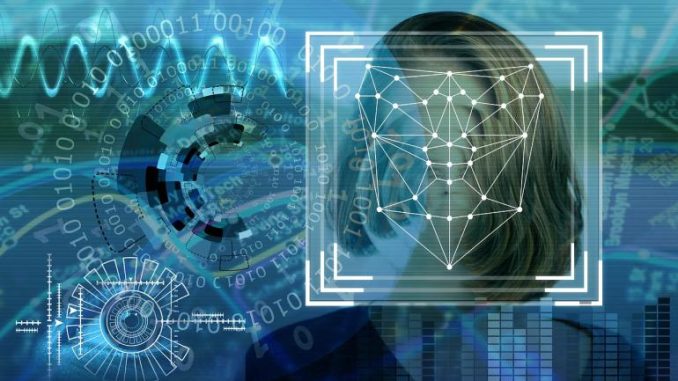
In search of security technologies that are convenient to carry and guarantee safety, new technologies have been discovered.I With finger marks and facial recognition becoming the most talked about biometric technologies, new things are set to change everything. This article will describe the future of biometric verification focusing on those technologies currently or soon to be available will make a real break with past security practice and user experience
Voice Biometrics
Voice biometrics uses people’s unique tones to determine if they are the same or not. Reflective of traditional methods, voice recognition systems study oral features, tone and accent-making it difficult for forgers to pose a threat. Though this technology is already in standard use in certain customer service settings, its ultimate application is perhaps in those environments offering limited access to outsiders, thus providing an entirely hands-off non-invasive alternative to physical biometrics.
Behavioral Biometrics
Behavioral biometrics refers to patterns in the practice of user authentication. It considers the rhythm of keystroke, mouse movements, and even how someone makes use of or communicates with their machines. By creating a unique profile made from these habits, systems notice the odds and dangers that approach of anomalies to look out for. When behavioral biometrics reaches full maturity, it is poised to provide constant context-sensitive identification capabilities. This will enhance security without pushing up burdens, for the user.
Vein Authentication
Vein authentication uses the unique vein patterns in a person’s hand or finger to identify that person. Using infrared light (which can penetrate skin) the method scans these vein patterns. It not only has characteristics of exceptionally high security, because it is very difficult to copy these patterns, but also offers resistance to common attacks such as forged finger prints or facial masks. Vein authentication thus seems a promising technology.
Phased in at start and taking great care not to be conspicuous, but DNA-based authentication offers the most secure bit of self-identification that one can achieve from the moment of birth; it is therefore present in everyone’s genes. The method compares the genotyped DNA extracted from a sample with a stored profile. As a result, practicability is limited. Such factors as sample gathering (anybody who’s ever ran a high vacuum tube can tell you that this isn’t fun) and processing speed. But look ahead – in the future, DNA sequences are being pushed by further advances in technology. This could well end-up as a viable way for biometric authentication.
Iris Recognition
Iris and retinal scanning come close to 100 percent accuracy thanks to the detailed attention given to any given human eye’s unique pattern. For iris recognition, it targets the colored area of your eye; with retinal scans, it looks into your retina instead at blood vessels taken from there. Both methods are practical, highly reliable and hard to counterfeit. As technology becomes increasingly miniaturized and lower in cost, people in business as well as consumers may resort to this security method more frequently.
Wearable Biometric Watches
Biometric wearables are taking root, as manufacturers embed sensors in both clothing and accessories to give continuous monitoring on physical characteristics that mean new-level security. These can read heart rate, skin conductance and other biometric marks – identifying you straight away. Coordinating them with other certification ways such as passwords or other biometric information will also heighten security and user ease of operations.
Multi-modal Biometrics
If different kinds of biometrics are mixed together, it can be much more difficult to break through security. Put together multi-modal biometrics with various biometric recognition methods – like voiceprint plus face print appsand so on–and the security of the system is compounded as a result. They also allow one to do the balancing between user convenience in life and yearly trade-offs which are protection and privacy.
Conclusion
The future of biometric authentication is about to undergo a major evolution – far removed from traditional forms such as fingerprints and facial recognition. With entirely new technologies like behavioral fingerprinting and voiceprints, vein scan, or methods for DNA authentication coming in this day and age (as of tomorrow), we will soon have a sense of “security” it is quite a break from how we know it now. And with all these new developments in the pipeline too, surely that has to mean an era where confirmation is under no threat and so ingrained in our nature already as being something quite unexpectedly spontaneous?By taking these breakthroughs into primary service, we may well find ourselves in a situation where authentication is not only stronger than ever yet we have improved integration. Fast and Ingenious.On security as well, current evolutions in biometric technologies provide plenty of promise for the future. They are adaptive forms to meet individual needs from any organization or setting.